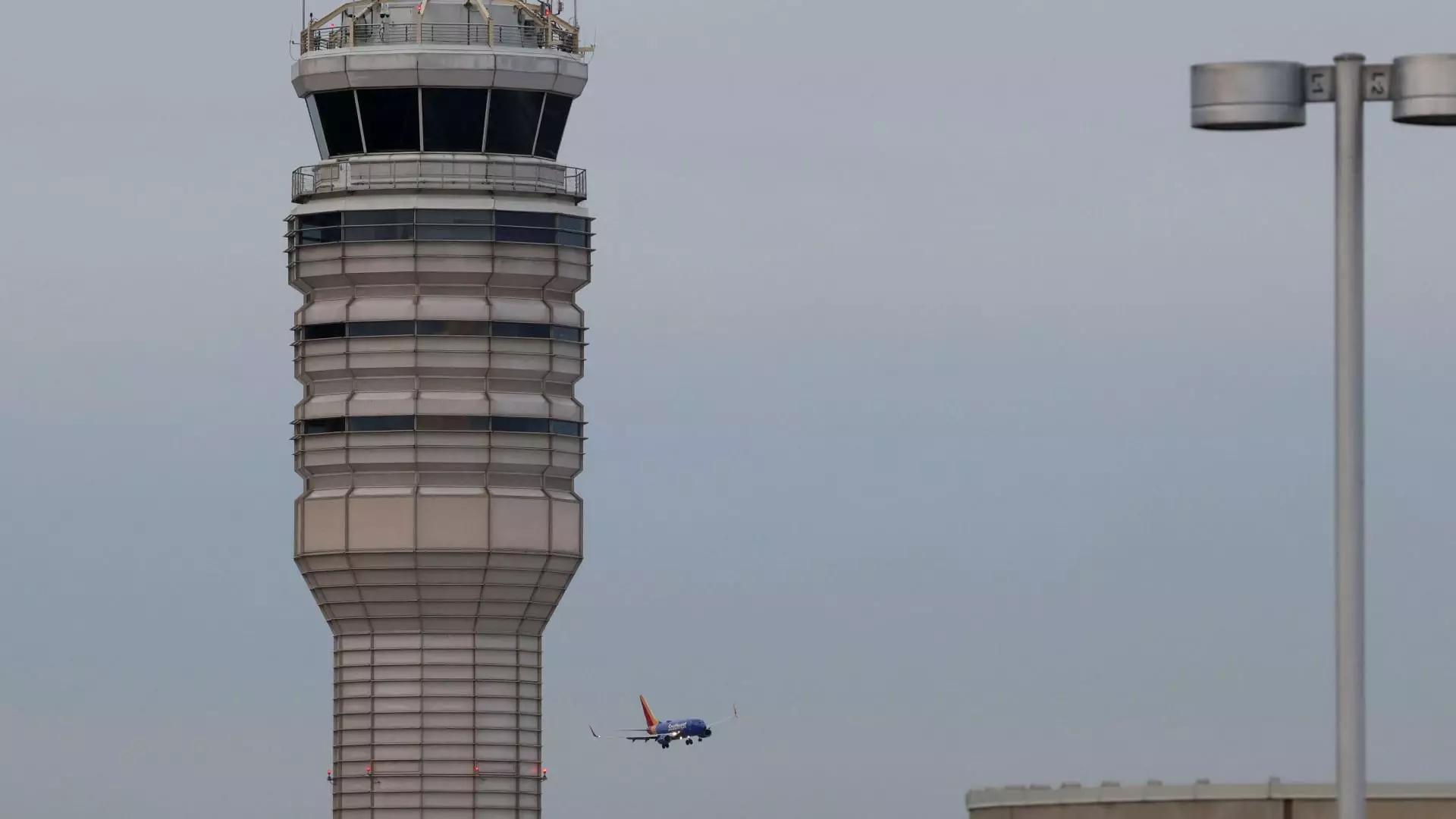In response to a tragic and unprecedented event involving a fatal collision between an Army Black Hawk helicopter and an American Airlines jetliner at Ronald Reagan Washington National Airport, the Federal Aviation Administration (FAA) has announced critical restrictions on helicopter traffic in the area. This decision, made public by Transportation Secretary Sean Duffy, aims to enhance airspace security and restore public trust in aviation safety. With the devastating loss of lives in this incident, it is crucial to examine both the immediate implications and the broader significance of such regulatory measures.
The Incident: Details of the Collision
The catastrophic event occurred just moments before American Eagle Flight 5342 was to touchdown at Reagan National Airport. The collision resulted in the tragic deaths of 64 passengers on the flight and three crew members aboard the helicopter. This unfortunate incident is particularly notable as it marked the first fatal airline crash in the U.S. in over a decade and the deadliest since 2001. In a statement, American Airlines CEO Robert Isom expressed bewilderment regarding how the military aircraft entered the plane’s path, highlighting the urgent necessity for clearer protocols and communication between military and civilian aviation sectors.
Following the accident, Secretary Duffy announced a series of restricted zones for helicopter traffic, delineating areas from Memorial Bridge to South Capitol Street Bridge, and extending to the airspace surrounding the airport. These strict measures are geared towards ensuring that future conflicts between different types of air traffic are minimized. While this approach may prompt immediate relief for concerned passengers and airlines alike, it also poses questions about operational flexibility for helicopter services in the D.C. area, where they are often utilized for various functions including medical transport and law enforcement.
As the investigation continues, several critical factors are under scrutiny. Authorities are examining aspects such as the altitude under which the aircraft were operating, the adequacy of staffing, and the effectiveness of communication with air traffic control. Understanding these dynamics is essential not only to prevent similar tragedies but also to ensure that the regulatory environment facilitates safe coexistence of military and civilian aircraft.
In an era where public confidence in air travel is paramount, proactive measures such as these restrictions serve a dual purpose: they are a necessary response to an unimaginable loss and a strategic move to restore faith in the aviation system. With Duffy emphasizing that the American people deserve assurance regarding their safety in the skies, the government must work diligently to implement and continually assess these new regulations.
While the immediacy of the actions taken by the FAA certainly represents a significant step forward, this heartbreaking incident serves as a somber reminder of the vulnerabilities in aviation safety protocols. It is crucial for authorities to engage in ongoing assessments and collaborative efforts to ensure that similar tragedies do not reoccur. The ultimate goal should remain clear: to safeguard the lives of all passengers and crew members, ensuring that trust in the aviation system is not only restored but sustained.


Napsat komentář